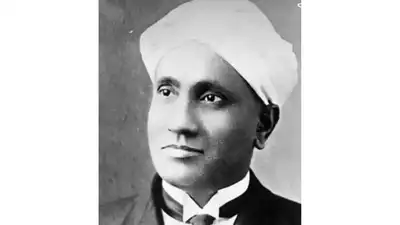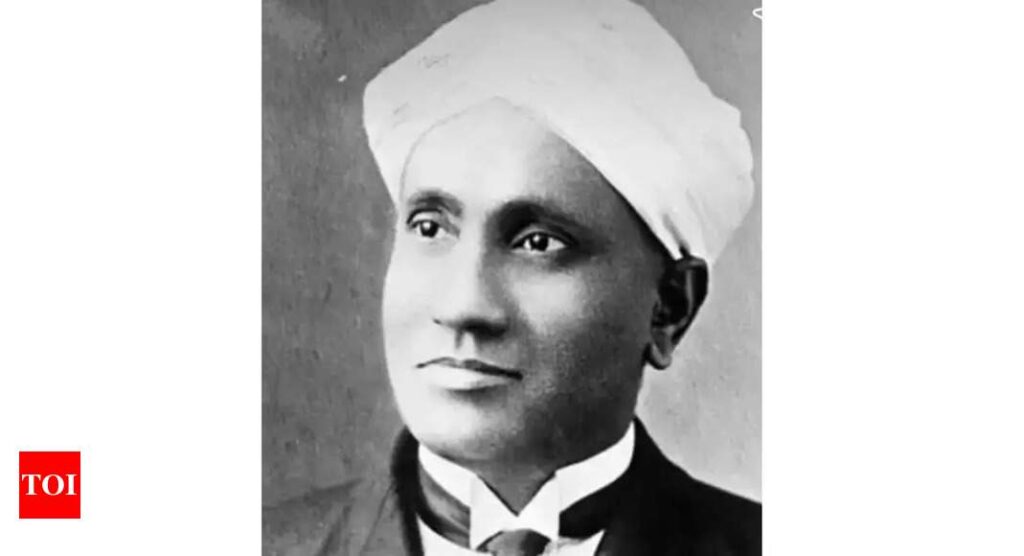
India celebrates National Science Day on February 28 each year to honor Sir CV Raman’s discovery of the Raman Effect in 1928.
This year’s theme, ‘Empowering Indian youth for global leadership in science and innovation for Viksit Bharat,’ highlights the crucial role of young minds in advancing India’s scientific and technological progress.
In 1986, the National Council for Science and Technology Communication (NCSTC) recommended that February 28 be declared National Science Day by the Government of India. Since 1987, it has been observed annually to honour the discovery of the Raman Effect and foster a scientific mindset across the nation.
Who was CV Raman
- Chandrasekhara Venkata Raman was born on November 7, 1888, in Tiruchirappalli.
- His father, a lecturer in mathematics and physics, provided him with an academic environment from an early age.
- In 1902, he enrolled at Presidency College, Madras, and graduated with a BA in 1904, securing the first rank and a gold medal in physics.
- He earned his MA degree in 1907 with highest distinction.
- Raman’s initial research in optics and acoustics—the two fields he dedicated his career to—began during his student years.
- At that time, pursuing a scientific career was not considered the most viable option, so in 1907, he joined the Indian Finance Department.
- Despite his official duties, he continued experimental research at the Indian Association for the Cultivation of Science in Calcutta, where he later became Honorary Secretary in 1919.
- In 1917, he accepted the newly endowed Palit Chair of Physics at Calcutta University.
- After 15 years at Calcutta, he moved to the Indian Institute of Science, Bangalore, serving as a professor from 1933 to 1948. In 1948, he became the Director of the Raman Research Institute in Bangalore, which he founded and funded himself.
- In 1926, he established the Indian Journal of Physics and served as its editor. He also played a key role in founding the
Indian Academy of Sciences and became its president. - In 1930, Raman was awarded the Nobel Prize for his discovery of the ‘Raman effect.’
- He was honoured with the
Bharat Ratna in 1954. - On November 21, 1970, at the age of 82, he passed away in Bangalore.











